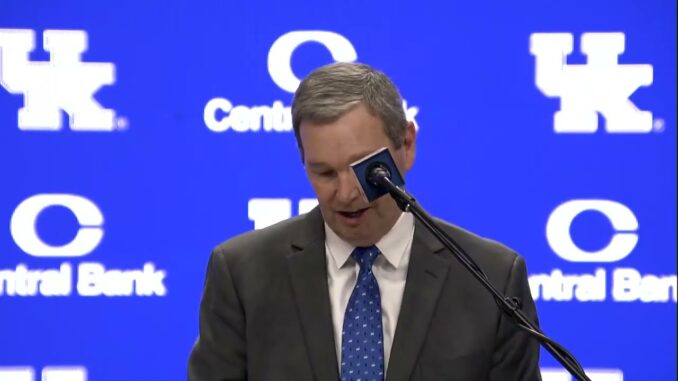
What the best on-the-court players in collegiate basketball ought to accomplish following a week-long stay at the 2024 NBA Draft Combine.
CHICAGO — You could make the argument that the NBA Draft Combine, and specifically the five-on-five scrimmages, have greater implications on college basketball than they do the NBA.
Even this year, when fewer players than ever opted out of the games, the vast majority of the projected first-round picks didn’t participate in live action. Instead, NBA executives got to watch players who were mostly competing for spots in the second-round, or at best, a few late first-rounders.
That’s a group littered with players who have remaining college eligibility and are still trying to decide whether to stay in the college ranks or enter and commit to the draft and professional ball.
Neither decision comes with guarantees. Whereas the professional track used to mean more money, even if players ended up abroad or in the G League, that is no longer necessarily the case with the dramatic rise and impact of NIL.
Only first-round picks are assured of receiving fully guaranteed contracts. The most likely scenario for second-rounders, as well as some top undrafted players, is a two-way deal, which pays just over $500,000 on the season and is not guaranteed. The going NIL rate for players like the ones in the combine is likely higher than that in the current market. In other words, unless they’re first-round picks, it’s very possible playing college basketball next season would be their most lucrative option.
Conversely, the narrative that coming back to school is a means to improving your draft stock is not always true, especially when next year’s draft currently looks much better than this years. Coming back to school certainly worked for UConn’s Donovan Clingan, and even Purdue’s Zach Edey, who really improved his stock this week, but it’s not difficult to find cautionary tales, either. Here’s what I’d advise.
Leave a Reply